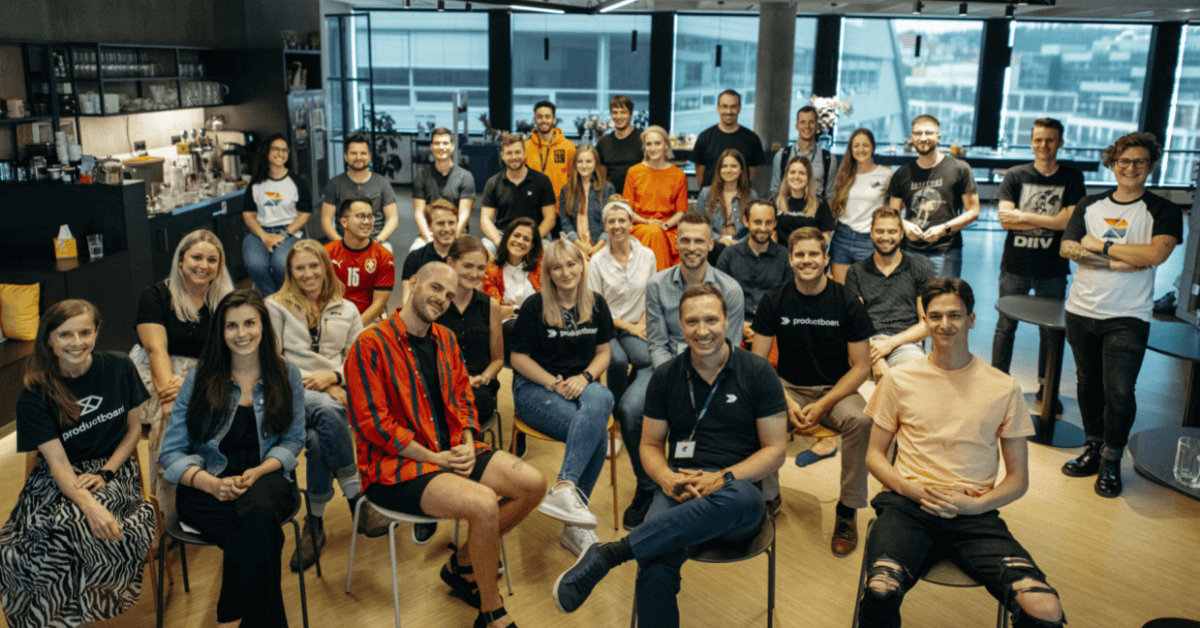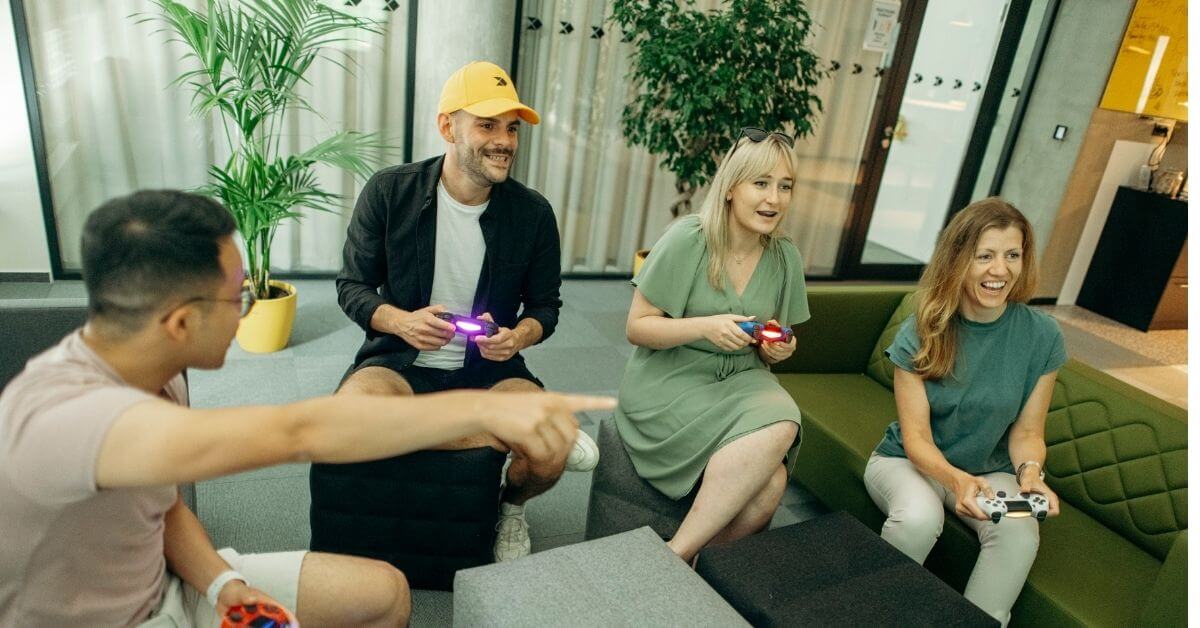To return to the office or not? Here’s how we’re approaching this question at Productboard

Should we return to the office or not? And if so, what does this process look like? Like a lot of problems in the product world, these are big, complex questions that don’t have a single right answer.
We have been giving these questions considerable thought here at Productboard, so I thought I’d share how we’re approaching them and what we’re thinking about our own return to the office.
Let me clarify one thing first—it’s essential to heed any guidance or restrictions put in place by your local authorities. If it’s deemed too dangerous for people to gather in the workplace, you should absolutely follow those recommendations and keep your people remote. What we’re talking about here is whether to return to the office when it’s safe to do so, or whether to switch to an all-remote or hybrid work setup.
For product teams in particular, I see four key considerations: the psychology of people, the likelihood of spontaneous conversation and innovation, the need for leaders to take a stand, and the creation of working agreements. Let’s look at each one in turn.
The psychology of people
Humans are social animals. Countless studies show the benefits of social interaction and friendship. Even the most introverted people crave interaction with others. By creating an environment where people are encouraged to work in the same physical space, we’re helping to ensure some of their basic needs for socialization are met.
Here’s a small but meaningful example from Productboard. We currently have two offices in San Francisco and Prague. But in Vancouver, where we are in the process of building a new office, team members organized a gathering among themselves. No one told them to do this. They just felt inspired to get together and socialize in person. To me, this cements the idea that meeting in real life is a basic human need and one that employers can help fulfill.
The likelihood of spontaneous conversation and innovation
There are different types of work we do as product teams. We often need heads-down time for focus and deep thinking. But we also need to bounce ideas off each other when we’re trying to spark creativity and innovation. There’s something about sitting in a room and batting ideas around that just doesn’t occur when we’re meeting virtually.
The same is true for spontaneous conversations and interactions with those outside our immediate team. I recently experienced this at the Prague office, where I work. We had a few new members of the sales team come in for their onboarding, and we happened to strike up a conversation over lunch. Since we were chatting in person, they felt comfortable asking me some very basic questions about product development. In an all-remote environment, we never would have had the chance to meet in the first place, and even if we had, I doubt they’d have felt comfortable asking those types of questions. I can only imagine all the different seeds that can get planted and connections that can be made when we have the space for these types of random interactions.
At the same time, I also recognize that for some people, it’s easier to do their focused and deep thinking work at home. That’s part of the challenge—there’s tension between different types of work and the ideal settings.

The need for leaders to take a stand
At Productboard, we’ve decided that it’s important to take a stand and set expectations as a leadership team. We can see that people might be feeling a sense of inertia and a tendency to want to stay remote. But we don’t want to make a decision by default—we want to be intentional about our choice.
And as we consider the points I’ve mentioned above—the human need for connection, the magic of serendipitous meetings outside our immediate team—we believe we need to have people working out of the same office at least a few days a week. But we don’t want to be too prescriptive. At the moment, each office sets a few days a week where employees are highly encouraged to come in. We’re not trying to force anything, but we have decided that as a company we do see value in gathering employees in person regularly.
Creating working agreements
Ultimately, what I care about as a product leader is great collaboration between cross-functional product teams. And there are countless ways to achieve that outcome. You might have some people who are fully remote, some who come in two days a week, some who come to the office every day.
What matters more than the work setup is taking the time to agree on how you’ll work together effectively. For example, if you have some people who are remote and some working out of the office, you might decide that everyone will dial in to meetings from their own laptops so it’s a consistent experience for everyone. Or you might decide that there will be one week every quarter where the team agrees to meet in person. The most important thing is making those decisions intentionally.

Consider that an office may be a competitive advantage
Make sure you’re taking the time to get input from your people, whether that’s through surveys, conversations, or a combination of the two. Don’t just ask them whether they want to keep working remotely. They’ll probably say yes simply because of inertia. Instead, try to get a sense of whether it’s impacting their work. You can use prompts like, “I know what’s going on across all teams” or “I have easy access to all the information I need” to get a sense of whether people are feeling siloed.
And finally, keep in mind that having an office may become your competitive advantage. Sure, there will be some people who love working remotely and never want to make a commute again. But for others, the option of coming into an office and creating that separation between their personal and professional spaces is something they’re actively seeking in their next role. As I mentioned at the outset, there’s no single right answer here, but I hope walking you through some of our thinking here at Productboard helps you and your team consider your own approach as the world slowly goes back to normal.


![The CPO’s Blueprint for Annual Planning: An Opportunity to Drive Change [Part 2]](https://www.productboard.com/wp-content/uploads/2024/11/strategy-blueprint-560x293.png)



